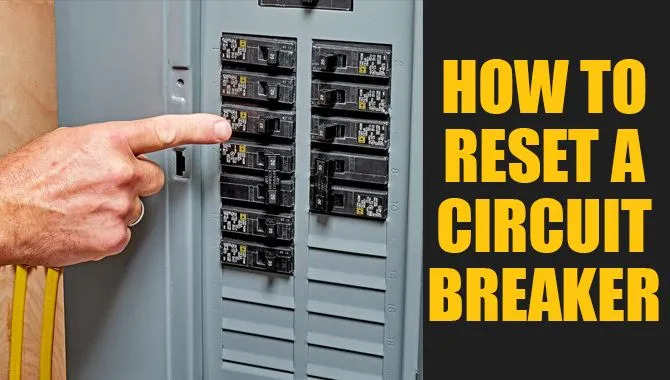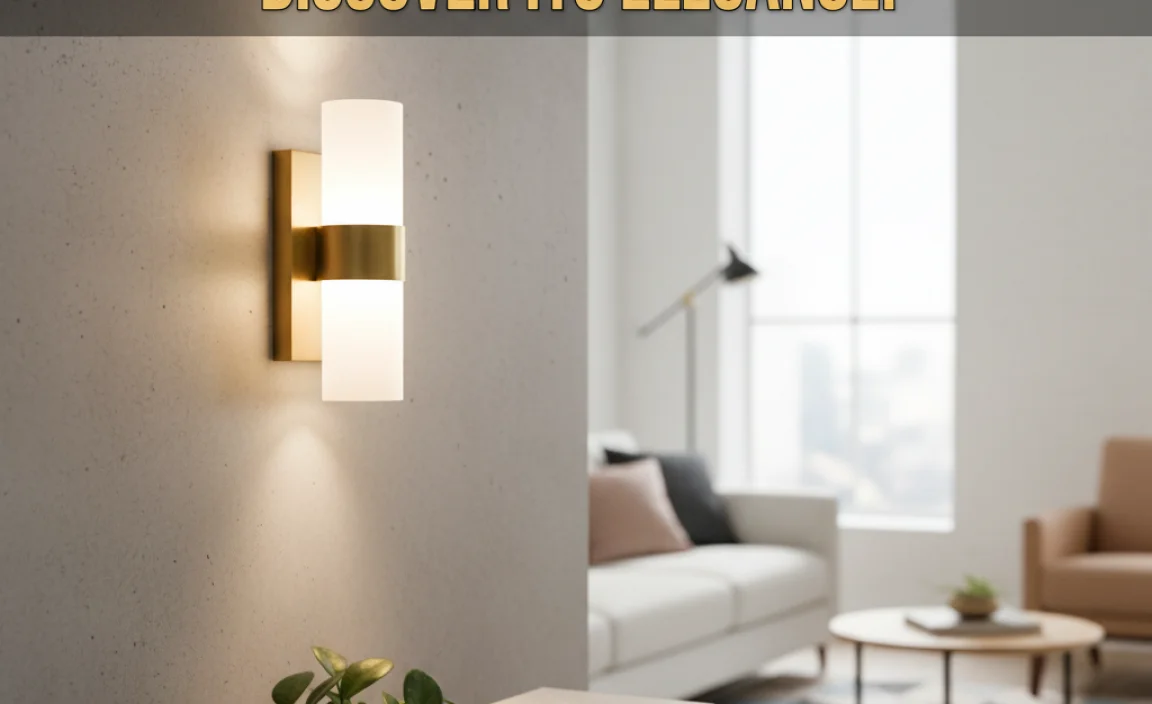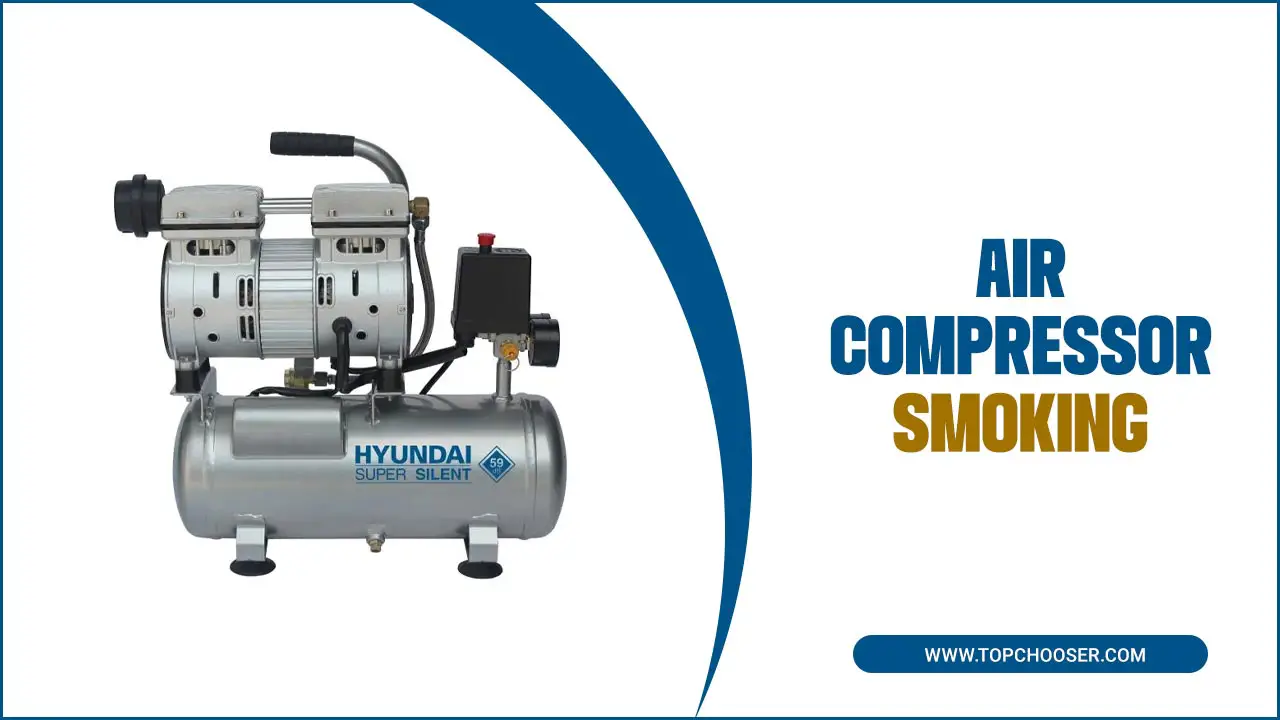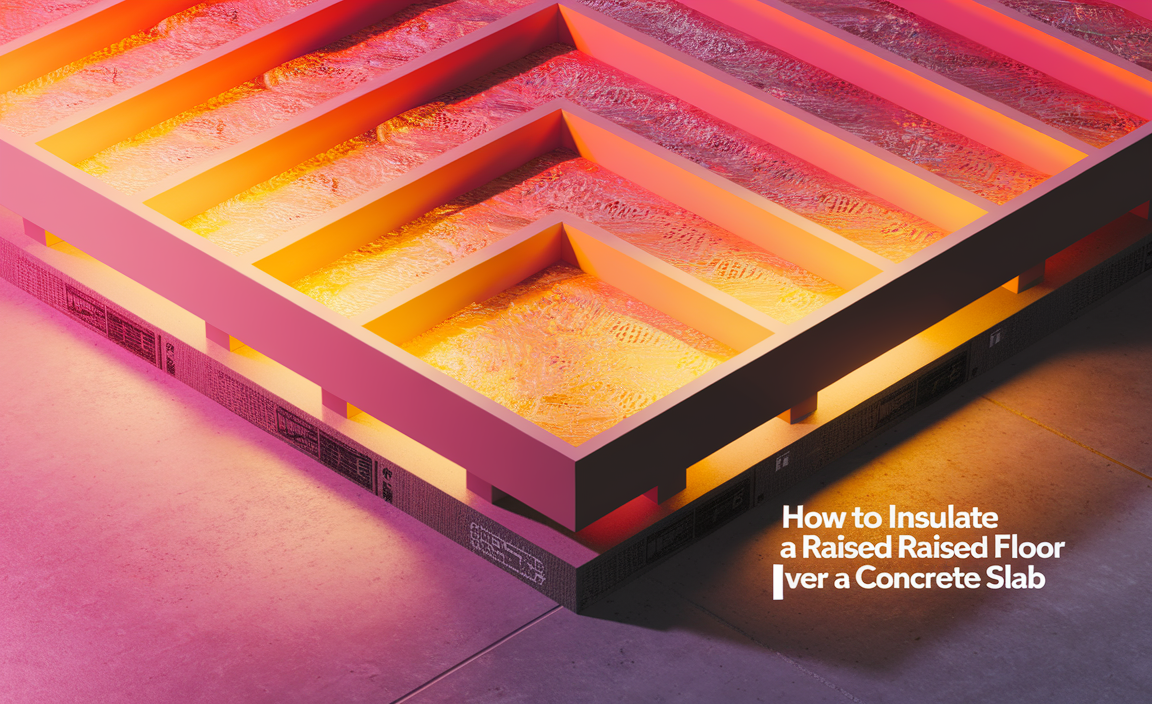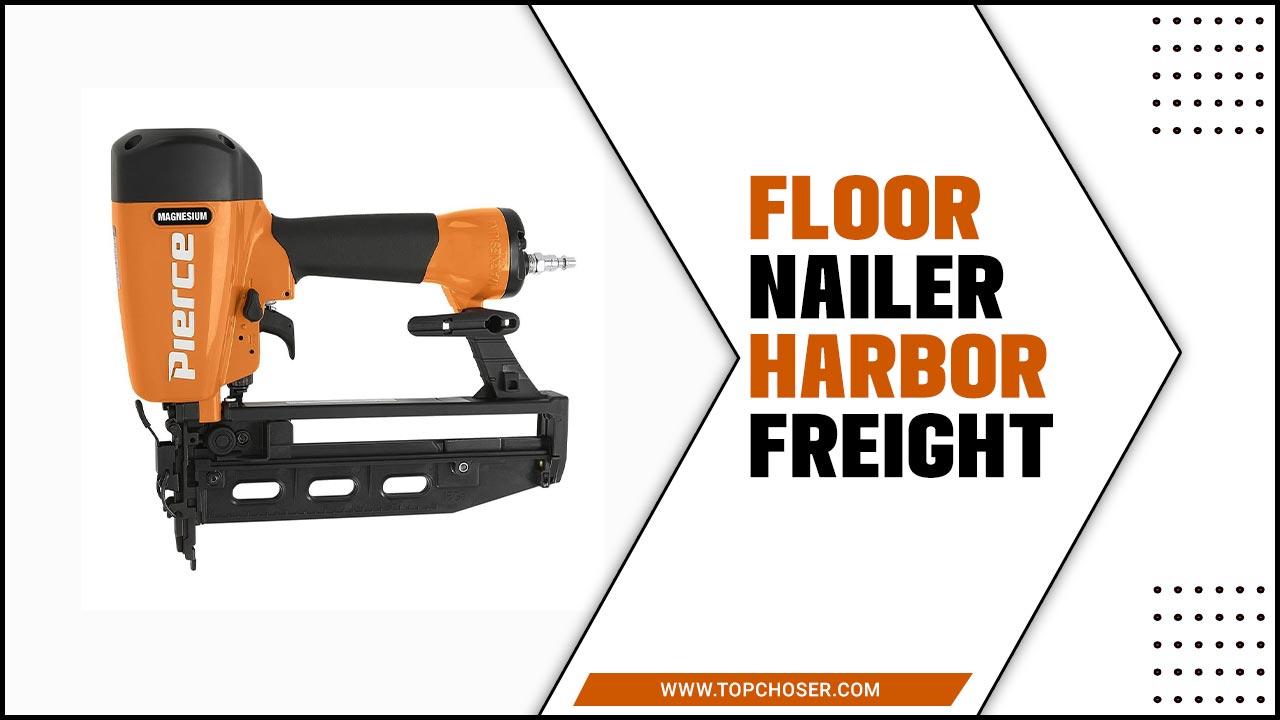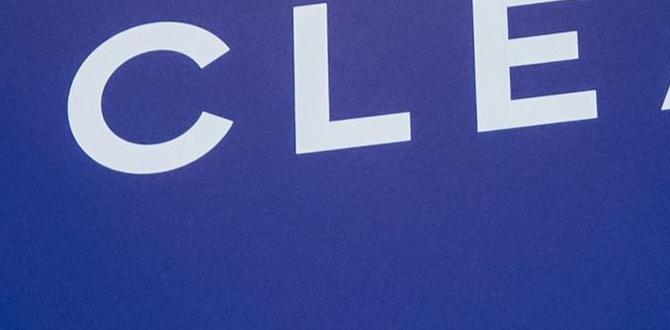Have you ever stood in your bathroom, squinting at your reflection? The light seems too dim or way too bright. Choosing the right watt light bulb for your bathroom is important. It affects how you see yourself and how you feel in that space. But how do you pick the perfect one?
Many people don’t think much about bulbs. Yet, the right watt light bulb can transform your morning routine. Imagine feeling relaxed while you brush your teeth or getting a boost of energy as you start your day. Isn’t that what we all want?
There’s more than meets the eye when it comes to wattage. Did you know that too high a wattage can be harsh? Or that too low can leave you in the shadows? Let’s explore what watt light bulb is best for your bathroom. You might be surprised by the answers!
What Watt Light Bulb For Bathroom: Choosing The Right Brightness When It Comes To Selecting The Right Watt Light Bulb For Your Bathroom, There Are Several Factors To Consider To Ensure Optimal Lighting. Bathrooms Require A Good Balance Of Brightness And Ambiance, Making The Wattage Of The Light Bulb Critical To Both Functionality And Comfort. Let’S Explore The Key Aspects To Keep In Mind, Including The Ideal Wattage, Bulb Types, And Additional Features That Can Enhance Your Bathroom Experience. Understanding Wattage And Bulb Types 1. **Standard Incandescent Bulbs**: Traditionally, 60 Watts Has Been The Standard Bulb For Bathrooms, Providing A Warm And Inviting Glow. However, These Bulbs Are Being Phased Out Due To Energy Efficiency Standards. 2. **Led Bulbs**: If You’Re Looking For Energy Efficiency, Consider Using Led Bulbs. A 10-Watt Led Bulb Can Provide The Same Brightness As A 60-Watt Incandescent Bulb, Making It An Ideal Choice For Bathroom Lighting. 3. **Cfl Bulbs**: Compact Fluorescent Lamps (Cfls) Are Also A Good Option, With A Wattage Range Of 13-15 Watts Producing A Similar Brightness To Traditional 60-Watt Bulbs. Brightness And Ambiance When Choosing The Watt Light Bulb For Your Bathroom, Consider The Size Of The Space And How Much Light You Need: – **Small Bathrooms**: For A Small Bathroom, 40-60 Watts Can Create A Soft But Effective Illumination. – **Medium-Sized Bathrooms**: A Combination Of 60-100 Watts Is Often Used; Consider Using Multiple Bulbs Or Fixtures To Distribute Light Evenly. – **Large Bathrooms**: You May Need 100 Watts Or More, Particularly If There Are Areas Like Vanities Or Shower Stalls That Require Brighter Lighting. Color Temperature Besides Wattage, The Color Temperature Of The Bulb Can Significantly Affect The Ambiance Of Your Bathroom. Different Temperatures Are Measured In Kelvin (K): – **Soft White (2700K-3000K)**: Ideal For Creating A Cozy And Warm Glow. – **Bright White (3000K-4000K)**: Offers A Crisper Light, Suitable For Tasks Like Shaving Or Applying Makeup. – **Cool White (4000K-5000K)**: Provides Bright, Daylight-Like Illumination Which Can Make The Space Feel Larger And More Energizing. Conclusion In Summary, Choosing The Right Watt Light Bulb For Your Bathroom Involves Considering The Size Of The Space, The Type Of Bulb, The Desired Brightness, And The Color Temperature. By Combining These Elements, You Can Create The Perfect Lighting Solution To Enhance Both Functionality And Style In Your Bathroom. Happy Lighting!
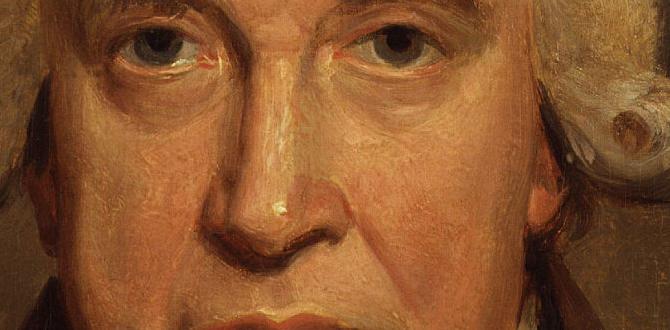
What Watt Light Bulb for Bathroom
Choosing the right wattage for your bathroom light bulb can change everything. Most bathrooms benefit from bulbs between 60 and 100 watts, depending on size. Did you know brighter light helps with grooming tasks? It’s true! For cozy evenings, softer light works well. Remember, LED bulbs use less energy, making them a smart choice. So, think about how you want your bathroom to feel. A little wattage can make a big difference!
Understanding Bathroom Lighting Needs
Importance of proper lighting in a bathroom. Factors influencing bathroom lighting choices (size, color scheme, purpose).
Good lighting makes a bathroom more useful and inviting. It helps you see clearly and feel safe. Factors that influence lighting are:
- Size: A bigger bathroom may need brighter lights.
- Color Scheme: Light colors reflect more, while dark colors absorb light.
- Purpose: You need bright lights for tasks like shaving or makeup.
Matching your lighting to these factors can transform your space. It can create a calming atmosphere or energize your morning routine.
What watt light bulb is best for a bathroom?
For most bathrooms, 60 to 100 watts is ideal. This provides enough light without being too harsh.
Recommended Wattages for Bathroom Lighting
Guidelines on wattage depending on bathroom size and layout. Suggestions for ambient, task, and accent lighting wattages.
Choosing the right wattage for bathroom lighting can make a world of difference. For small bathrooms, around 40-60 watts is often enough. Medium spaces can shine with 60-100 watts. Larger layouts may need about 100-150 watts. Don’t forget about the types of lighting! Ambient lighting creates a cozy glow, while task lighting helps you see when you’re brushing your teeth. Accent lighting adds personality, and you can get fancy with around 20-50 watts for that!
| Bathroom Size | Recommended Wattage | Type of Lighting |
|---|---|---|
| Small | 40-60 watts | Ambient |
| Medium | 60-100 watts | Task |
| Large | 100-150 watts | Accent |
A well-lit bathroom is not just for better selfies but also for avoiding that surprising twist of toothpaste on your shirt! Happy lighting!
Color Temperature and its Impact
Explanation of color temperature (warm vs. cool light). Recommendations for color temperature in bathroom settings.
Color temperature describes how warm or cool light appears. It’s measured in Kelvins (K). A bulb at around 2700K gives a warm glow, perfect for a cozy vibe. Think of it as the difference between a sunny day and a cloudy one. For bathrooms, cool white (4000K to 5000K) is often recommended. It helps you see every detail while getting ready, making sure you’re not leaving the house looking like a raccoon after a late-night snack!
| Color Temperature (Kelvins) | Lighting Type | Best Use |
|---|---|---|
| 2700K | Warm White | Cozy, Relaxing Spaces |
| 4000K – 5000K | Cool White | Bathrooms & Task Areas |
| 5000K+ | Daylight | Bright and Alert Settings |
Energy Efficiency Considerations
Benefits of choosing energyefficient bulbs. Longterm cost savings and environmental impact.
Choosing energy-efficient bulbs brings great benefits. They use less electricity, helping you save money every month. Over time, these savings add up. You can lower your energy bill by about 75%. Additionally, energy-efficient bulbs last much longer than regular ones. This means fewer bulbs in landfills, which is good for our planet.
- Long-lasting bulbs: They can last up to 25,000 hours.
- Cost-effective: Save money on electricity and replacements.
- Environmentally friendly: Reduce waste and energy use.
What are the long-term benefits of energy-efficient bulbs?
Energy-efficient bulbs can save you money, help the planet, and reduce waste. Over the years, you’ll spend less on electricity and replace bulbs less often. They are a smart choice for your bathroom and your budget!
Safety Considerations in Bathroom Lighting
Importance of using moistureresistant fixtures. Tips for installing light fixtures safely in a bathroom environment.
Choosing the right lighting in your bathroom is not just about brightness; it’s about safety too! Using moisture-resistant fixtures is a must. Bathrooms are steamy, like a sauna on a bad hair day. If your lights can’t handle the humidity, they might stop working or, worse, cause a shock. Always install fixtures away from direct water streams, and consider using a GFCI outlet. This helps prevent accidents. Remember, it’s better to be safe than to be left in the dark!
| Safety Tips for Bathroom Lighting |
|---|
| Use moisture-resistant fixtures |
| Install lights away from water sources |
| Consider GFCI outlets for added safety |
Tips for Achieving the Perfect Bathroom Lighting
Layering light for functionality and style. Recommendations for bulb placement and fixture types.
Good bathroom lighting makes a huge difference. Layer your lights for both functionality and style. Use a mix of ceiling lights, wall sconces, and vanity lights to brighten the space. This provides light where you need it most. Place bright bulbs above the mirror for better visibility when getting ready. Consider using soft bulbs for relaxation.
- Bright, white light near the mirror helps with daily tasks.
- Soft lighting creates a cozy atmosphere.
- Layering lights adds depth to the room.
What watt light bulb should I use in the bathroom?
Use a 60-watt equivalent LED light bulb. This provides bright light without using too much energy. If you prefer softer light, try a 40-watt equivalent. Always choose bulbs with a good color temperature for a pleasant glow.
Common Bathroom Lighting Mistakes to Avoid
Errors in wattage selection and bulb choice. Overlooking dimming options and light layering techniques.
Many people make simple mistakes with bathroom lighting. Selecting the wrong wattage can leave you squinting or feeling like you’re in a cave. Using a bulb that’s too bright might make everyone look like they lost a wrestling match. Always check wattage before buying! Also, don’t ignore options for dimmers; they can turn a bright room into a cozy retreat. Finally, layering your lights adds depth—like putting on a second pair of socks for warmth!
| Common Mistakes | Solutions |
|---|---|
| Wrong wattage | Choose 50-100 watts for a bright bath. |
| Ignoring dimming | Use dimmers for mood lighting. |
| No light layering | Mix ambient and task lighting. |
Conclusion
In summary, choosing the right wattage for your bathroom light bulb is important. A 60 to 100-watt equivalent is usually best for good visibility. You want bright, inviting light without harsh glare. Next time you shop, look for LED bulbs for energy savings. Check out more tips online to create a perfect bathroom atmosphere!
FAQs
Sure! Here Are Five Related Questions About The Wattage Of Light Bulbs For A Bathroom:
Sure! A good wattage for bathroom light bulbs is usually between 60 to 100 watts. This gives enough light to see clearly. If you want to save energy, you can use LED bulbs, which use less wattage but are still bright. Always check your fixtures to make sure you choose the right size. Bright light helps you see better when brushing your teeth or putting on makeup!
Sure! Please give me the question you want me to answer.
What Wattage Is Recommended For General Bathroom Lighting?
For bathroom lighting, we usually use bulbs that give about 60 to 100 watts. This helps you see clearly while brushing your teeth or putting on makeup. You can also use energy-saving LED bulbs, which use less power but still shine bright. Always pick a bulb that makes the bathroom feel bright and cheerful!
Are Led Light Bulbs More Energy-Efficient For Bathroom Use Compared To Incandescent Bulbs?
Yes, LED light bulbs are much more energy-efficient than incandescent bulbs for your bathroom. This means they use less electricity to make light. So, when you use LEDs, you can save money on your electric bill. Also, they last much longer, so you won’t need to change them as often.
How Do I Determine The Appropriate Wattage For Task Lighting Above My Bathroom Mirror?
To find the right wattage for lights above your bathroom mirror, think about how bright you want it. A good brightness for task lighting is around 200 to 400 lumens. You can check the packaging of the light bulbs to see how many lumens they provide. Choose bulbs that give enough light for tasks like brushing your teeth or putting on makeup. Try to pick a warm white color for a nice glow!
What Is The Ideal Brightness Level In Lumens For A Bathroom Light Fixture?
The ideal brightness for a bathroom light fixture is around 500 to 800 lumens. This amount of light helps you see clearly when you wash your face or brush your teeth. You want your bathroom to be bright but not too harsh. A good light makes everything feel fresh and clean!
Are There Specific Wattages Or Types Of Bulbs To Avoid In High-Moisture Areas Like Bathrooms?
Yes, we should be careful with light bulbs in bathrooms. Avoid using regular incandescent bulbs because they can get hot. Instead, use LED bulbs that are waterproof or rated for wet areas. These are safer and last longer. Always check the label before buying!

